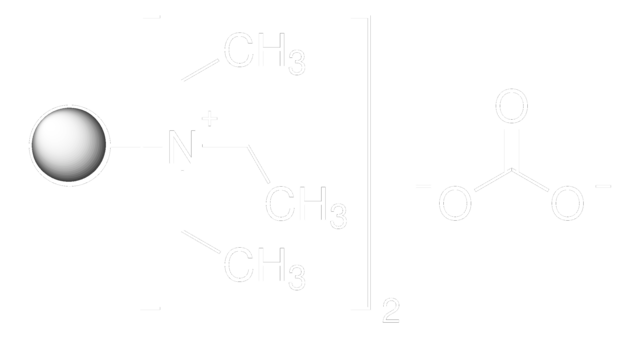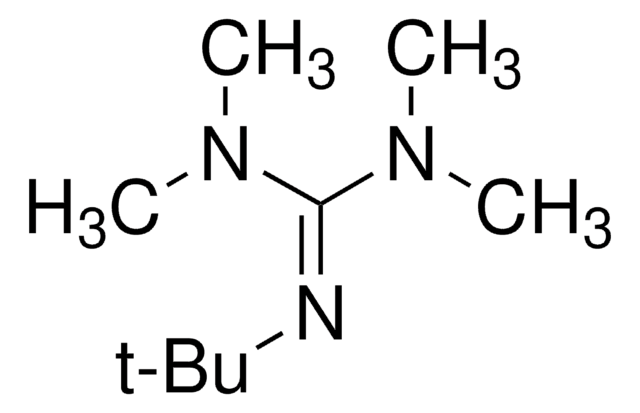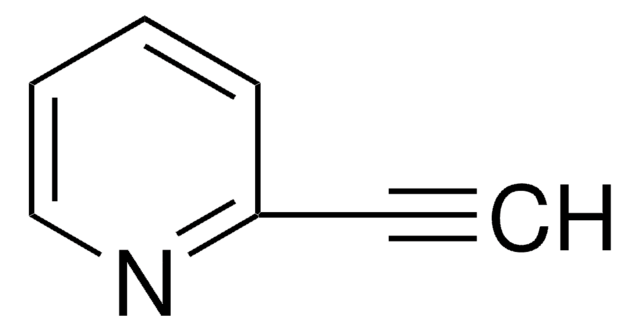540293
Tetraalkylammonium carbonate, polymer-bound
macroporous, 40-90 mesh, extent of labeling: 2.5-3.5 mmol/g loading
Sinónimos:
MP-carbonate resin
About This Item
Productos recomendados
form
macroporous
reaction suitability
reaction type: solution phase peptide synthesis
reactivity: proton reactive
extent of labeling
2.5-3.5 mmol/g loading
particle size
40-90 mesh
SMILES string
[O-]C([O-])=O.C=Cc1ccccc1.C=Cc2ccc(C=C)cc2.CC[N+](CC)(CC)Cc3ccccc3.CC[N+](CC)(CC)Cc4ccccc4
¿Está buscando productos similares? Visita Guía de comparación de productos
Application
Storage Class
11 - Combustible Solids
wgk_germany
WGK 3
flash_point_f
Not applicable
flash_point_c
Not applicable
ppe
Eyeshields, Gloves, type N95 (US)
Elija entre una de las versiones más recientes:
¿Ya tiene este producto?
Encuentre la documentación para los productos que ha comprado recientemente en la Biblioteca de documentos.
Nuestro equipo de científicos tiene experiencia en todas las áreas de investigación: Ciencias de la vida, Ciencia de los materiales, Síntesis química, Cromatografía, Analítica y muchas otras.
Póngase en contacto con el Servicio técnico







